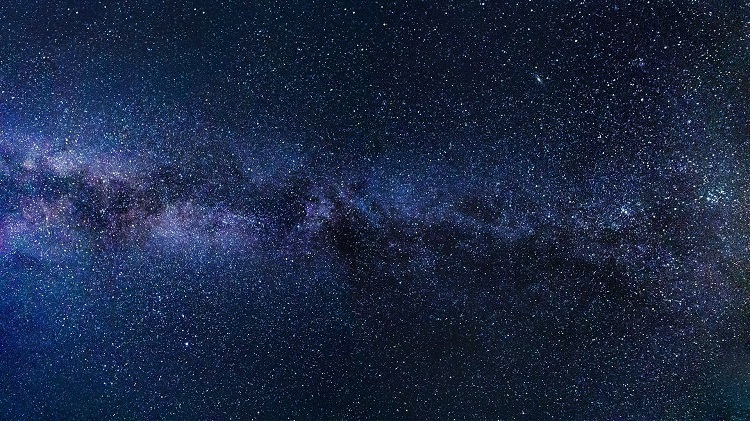
It is both amazing and impossible to verify the claim made by astronomer Carl Sagan in his 1980 novel 'Cosmos' that there are more stars in the universe than there are sand grains on Earth's beaches. However, some researchers considering related questions think that there may be more forests on Earth than stars in our galaxy, the Milky Way. The theory is based on a 2015 research that estimated the number of trees residing in various environments in an effort to estimate the total number of living trees on Earth. Nearly twice as many trees appear to exist in tropical and subtropical forests as in frosty boreal forests found in places like Canada, Russia, and Norway, at 43% of the world's total tree population. The temperate biome (central Europe and the northeastern United States), among others, typically has the smallest number of trees. Some scientists estimate that there are about 3 trillion trees on Earth, based on the average figures for each zone. It appears that trees are far more numerous than the Milky Way's sparkling spheres, which NASA estimates to number more than 100 billion.
The scientific community agrees that there are too many variables at play for us to ever know the exact number of stars in the sky or trees rooted in the Earth. Even though not all stars are visible from Earth and it is impossible to count them separately to confirm the math, astronomers can estimate the galaxy's star population by observing how it rotates and figuring out its mass. Humans remove 15 billion plants from the planet each year, but they also plant 1.3 billion saplings in the U.S. each year to try to make up for it. Even though there are trillions of trees on the earth, each one is valuable.